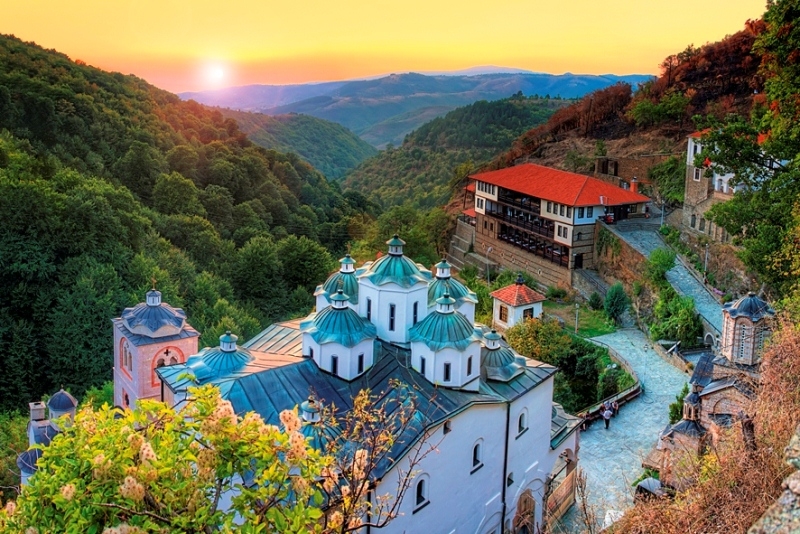
750 thousand tourists visit Macedonia every year. The former Yugoslav Republic attracts guests with ancient buildings, health resorts and an easy visa regime. Russians do not need a visa at all. It is enough to show your passport, insurance policy and demonstrate the availability of money. Why not explore a new country? In this article we will tell you what you should definitely see while traveling in Macedonia.
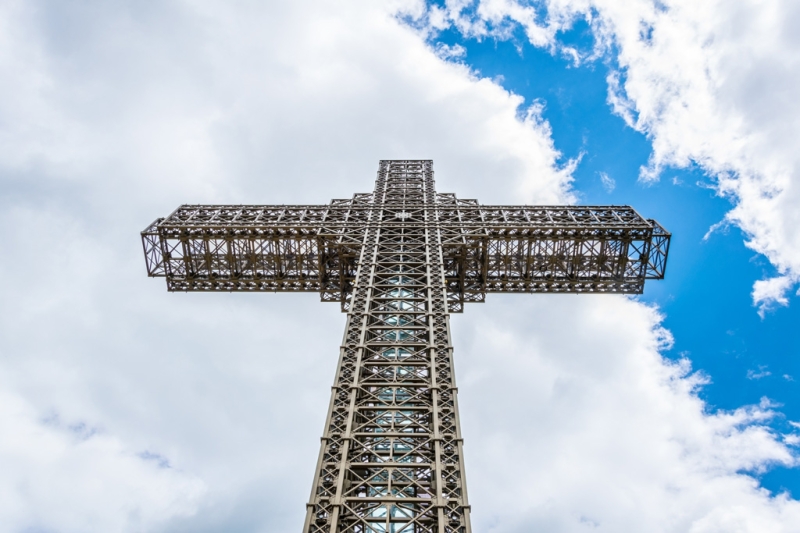
Sights of Skopje
At the entrance to the capital of Macedonia you will be greeted by the Millennium Cross (on the map). It was installed in 2002 on Mount Krstovar. Height of the monument: 66 meters. There is an elevator inside the cross that takes tourists to the very top of the structure. In addition, at the top of the mountain there is an observation deck from which a panoramic view of Skopje opens. You can get to the site using a cable car.
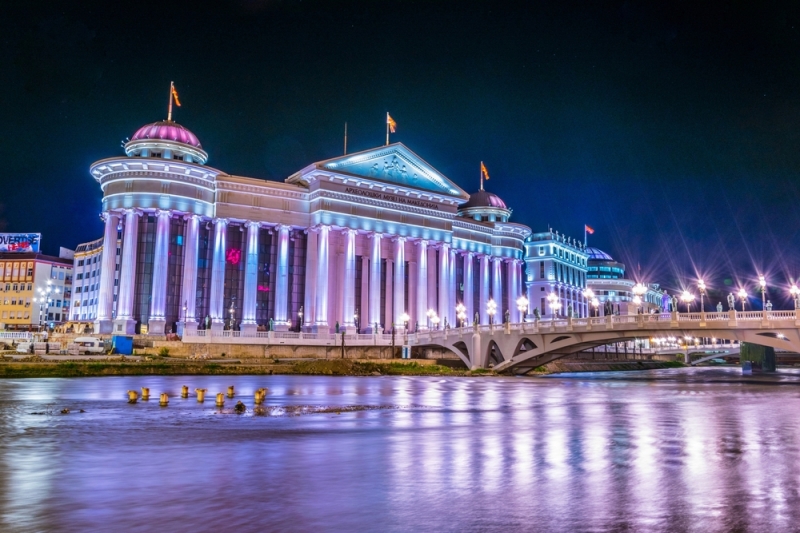
While walking around Skopje, be sure to visit the stone bridge over the Vardar, the largest river in Macedonia. The bridge connects the northern and southern parts of the capital (on the map). According to some sources, the bridge was built in the 13th century under the Ottoman Sultan Mehmed II. Other sources claim that a crossing at this place appeared in the 1st century under the Roman Emperor Justinian.
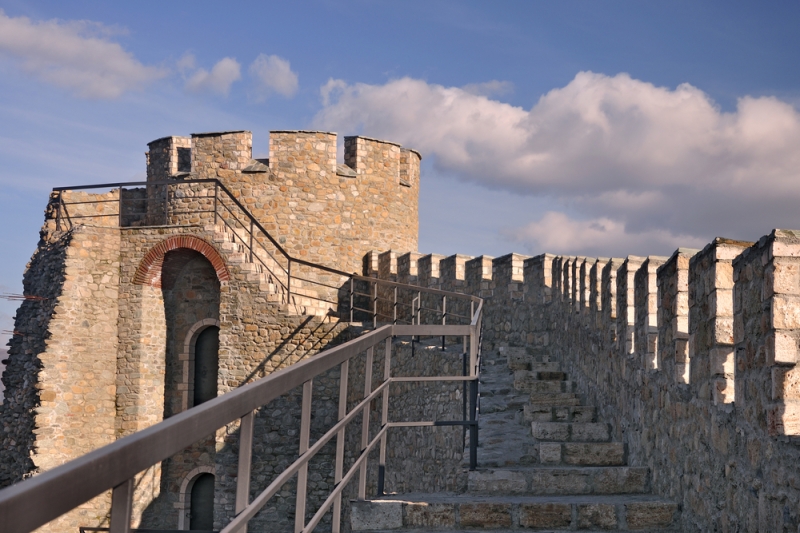
Next to the bridge is another symbol of Skopje – the Kale Fortress (on the map). Created in the 10th century during the reign of the Bulgarian Tsar Samuil, it was the main fortification of the city. The Calais fortress often changed hands, but did not lose its defensive role. At various times it was used by the Bulgarians, Serbs, Byzantines, Turks, Austro-Hungarians, Yugoslavs and Macedonians. In 1963, the fortress was badly damaged during an earthquake, and since then it has been constantly repaired.
Throughout its history, Skopje has been at the crossroads of civilizations. One of the consequences of this is the bizarre juxtaposition of Christian churches and mosques. We recommend checking out the Orthodox Church of the Holy Savior (on the map),
Catholic Cathedral of Clement of Ohrid (on the map) and visit the mosques of Sultans Murat (on the map) and Mustafa Pasha (on the map).
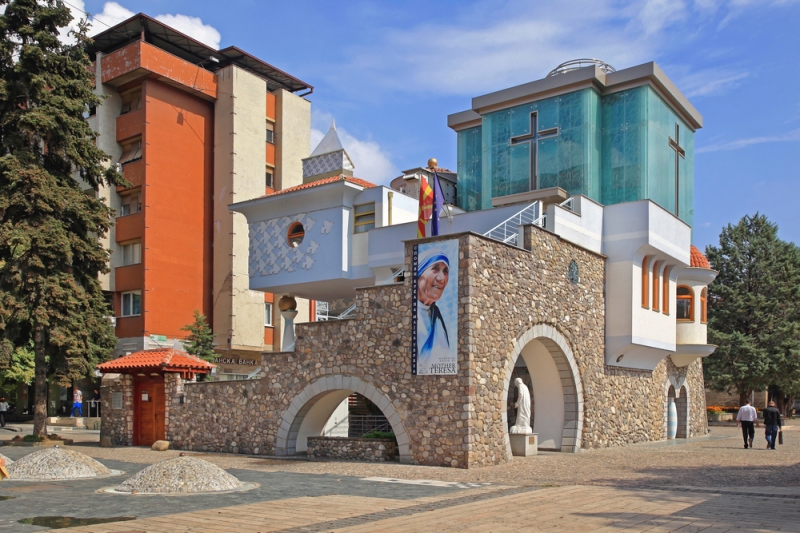
The most visited museum in the Macedonian capital is Mother Teresa’s House (on the map): the Nobel Peace Prize laureate was born in this city. You can explore the museum for free. It contains documents, photographs and personal belongings of Teresa of Calcutta, who was officially canonized by the Vatican on September 4, 2016.
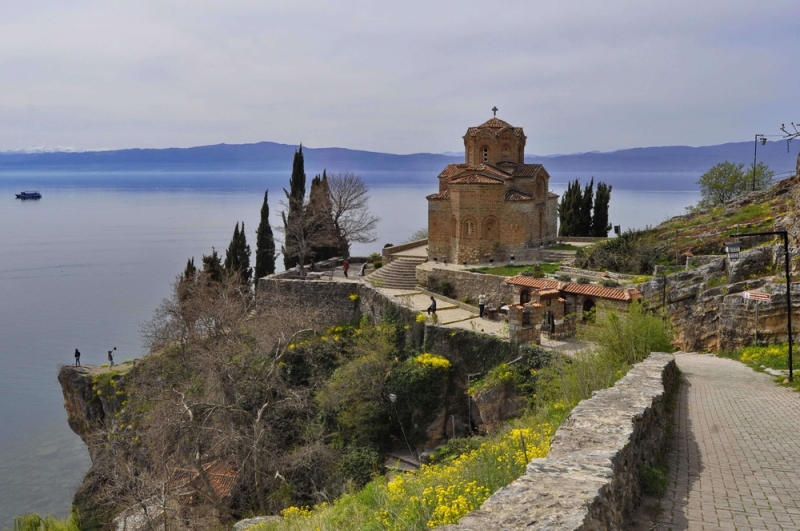
Lake Ohrid (on the map)
Ohrid is the second most popular city in Macedonia. Next to it is the deepest (more than 300 meters) fresh water body of the Balkan Peninsula – Lake Ohrid. Sometimes it is called “European Baikal”. Here, wild nature is perfectly combined with a well-developed tourist infrastructure: hotels, yacht clubs and equipped beaches.
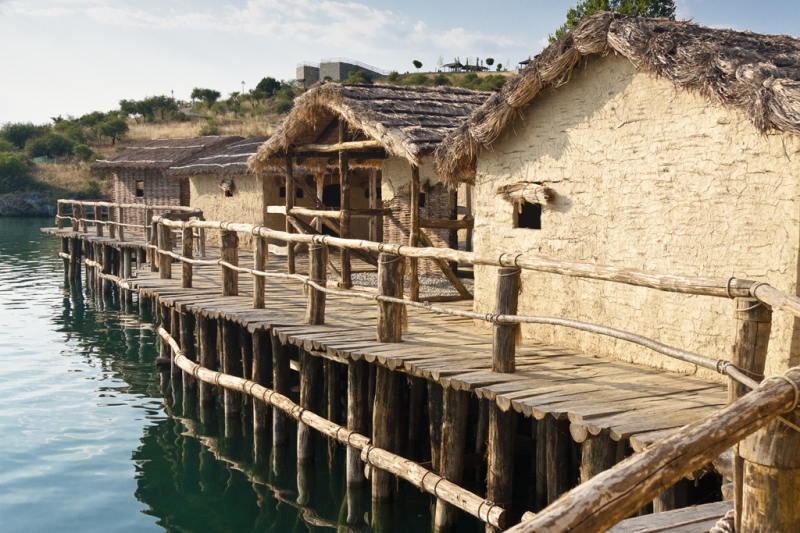
The main attraction of the lake is the Museum on the Water built on the Gradiste Peninsula (on the map). The name is due to the fact that 2500-3000 years ago there was an unusual fishing village here, which was mentioned even by the ancient historian Herodotus. All buildings in the village were built directly on the water. A special flooring was used for this.
The remains of the settlement were discovered in 1997 at the bottom of the lake along with dishes, animal bones and household items. After the discovery, a museum was created that accurately recreates the life of the village: inside the wooden houses there are animal skins, clay utensils, and the walls are hung with fishing gear. Most of the items are authentic, so the museum is included in the UNESCO list of historical heritage sites. You can visit the Museum on the Water from 9 a.m. to 8 p.m. Entrance ticket costs 2 euros.

Photo: Nace Popov
National Park Galicica (on the map)
25 kilometers from Ohrid is the Galicica National Park. It is located on a mountain range between two lakes – Ohrid and Prespa. The array has several vertices. The highest is the “two-thousander” Magaro, but the park is named after another one – Galichitsa. Its height is 1550 meters.
Entrance to the National Park is free. It is very convenient to move around: there are pedestrian and bicycle paths. During the walk you can see caves, karst fields, visit picturesque villages with three or four courtyards and chat with the residents. Locals speak English well. Extreme sports enthusiasts can go paragliding and admire the National Park from above. Nearby, on the shore of the lake, the medieval monastery of St. Naum, built in the 10th century, has been preserved, which is also open to the public.
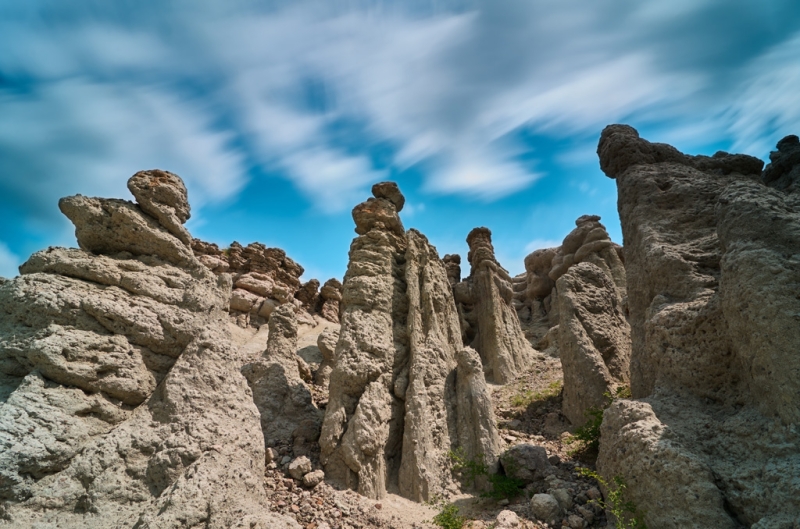
Macedonian “Valley of the Dolls” (on the map)
In the north of the country, near the village of Kuklitsa, there is a natural monument of natural origin: 120 vertical stone pillars are located in a small area. Their shape resembles human figures, which is why the area received the name “Valley of the Dolls.”
All stone figurines vary in size, shape and shades of stone. The most famous statues are the “bride and groom”. Two large figures stand side by side, surrounded by smaller stones – “guests”.
There are various legends explaining the emergence of stone giants. According to one of them, in ancient times an army passed through a desert area. Due to a natural anomaly, all the soldiers instantly turned to stone. Another legend says that an enterprising man tried to marry two girls at once. One of the brides revealed the deception and cursed the unlucky lover. So he, along with his second wife and guests, turned into stone. Such are the legends; Scientists attribute the appearance of the pillars to corrosion, which erases softer rocks and creates bizarre shapes from stones.
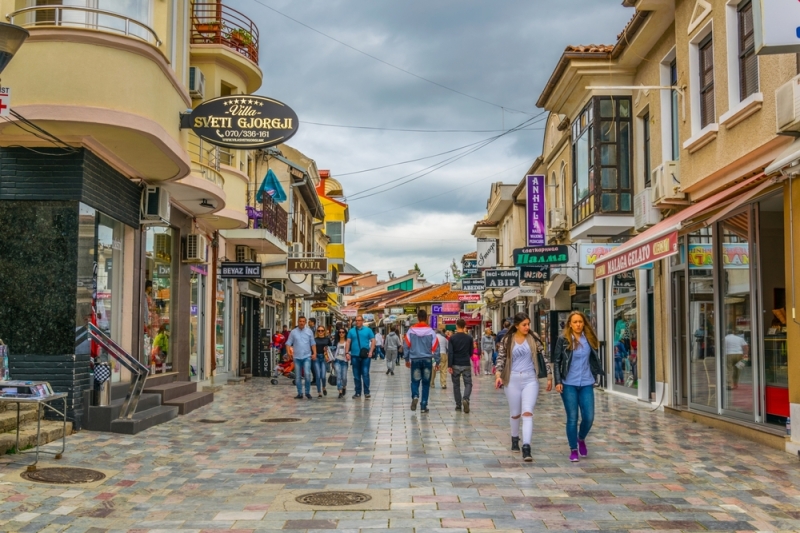
Note for tourists. Macedonia produces shoes of excellent quality and sells them cheaper than in other European countries. Shoes are made in Skopje, for example, for HUGO BOSS and Marc O`Polo.
Girls in Macedonia pay attention to Ohrid beads – artificial pearls carved from shells and covered with a mixture of crushed fish scales and powdered silver. Small pearls are used to decorate various items, and large ones are used by Macedonian craftsmen to make jewelry: beads, bracelets and earrings.
You can get to Macedonia from Russia only with a transfer. Most often, a stop is made in the capital of Serbia. That being said, there are several ways to get from Belgrade to Skopje.
- The air journey will take about 1.5 hours. Ticket prices range from 80 to 110 euros.
- By train and bus, travel time will be about 9 hours with fares of 23 and 18 euros.
- If you rent a car, you can drive to Skopje in 5 hours.
When traveling, pay for purchases with a OneTwoTrip loyalty card, and up to 10% of the order amount on OneTwoTrip, as well as up to 2% of any purchases paid for with the card, will be returned to your account.


